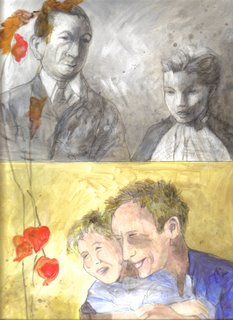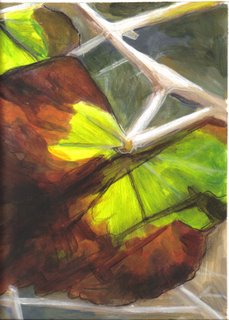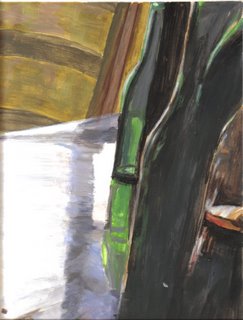Code ISBN 979-10-203-7549-0
HISTORY
Hachette Distribution (Dilicom)
"Four Centuries" traces the search for the author's ancestral family past, conducted using the earliest official church archives dating back to the 17th century. This essay is the result of ten years of research and two years of writing. Illustrative reefs, a biography, and supplementary texts complete the story of a war diary. Enriched with anecdotal events, the work surprisingly yet skillfully combines the family genealogy of French and Belgian Flanders, the two being closely linked.
The accumulation of archives and a keen curiosity about the ancestral family past gave birth to this unusual essay that traces the thread of history over four centuries. The adventure is guaranteed to be fascinating, filled with strong emotions combining joys, sorrows, pains, astonishments, and sometimes the ultimate surprise of discovering an ancestor or a notable forebear like Guido Gezelle, a well-known Flemish poet. Guido Gezelle was a multifaceted individual. In addition to being a poet, he was also a journalist, teacher, linguist, translator, and priest.
Elisa Grindale is a bilingual Belgian. Since her tender childhood, she had been immersed in the duality of two languages and two cultures constantly clashing socially and politically. This ambiguity has been conducive to the development of open-mindedness and a broader tolerance for global diversity. More oriented to science and mathematics, nothing disposed the author to write late. However, irrepressible forces led her towards an unexpected desire to write family history in order to ward off the fate of heritage extinction.
If we don't know where we're going, we can find out where we've come from! Today, everyone can, in a few clicks, go back to the origins, the way of life, and the historical environment of the characters who marked the ancestral history of their family. Then follows a long-term work of rigor, patience, precision, and logic requiring detective skills to meticulously assemble the scattered pieces of elements of different origins like an incomplete puzzle. A perfectionist, armed with unlimited patience and endowed with a keen, observant eye on human history, the author pictorially retraces the decor, the settings, and the subject of this eventful family history.
Throughout the pages...
SCHOOLS
A daughter from Meese participated in the instruction and the foundation extension of the congregation of the Sisters of Mary in Pittem.
Very quickly, it was understood in Pittem that the education of young people was of paramount importance. This notion was mainly put forward by the parish priest, who wanted to educate the young people of the village on a Christian basis and, through catechism classes, to teach them to read, write, and calculate. Thus, he had a wooden and clay school built in the garden of the church in 1622. Between 1651 and 1652, the commune had this basic building demolished and a school worthy of the name built of more solid materials. Religion was the main instruction to give young people a positive conscience; then, reading and writing as well as calculating would complete the program. At the beginning and until 1798, it was religious figures (canons or vicars) who instructed the children and ran the school. The last one was the vicar, Jan Retsin. His son Léo would become an official primary teacher at his death. In 1810, J.-J. Ocktet arrived as reinforcement, helped by his sister Francisca, as he also served as municipal secretary. This school soon took the name of the French school because French, Dutch, writing, and arithmetic were taught there. This school was considered for the intelligent, the quick-witted, and the privileged with financial means.
Of course, the commune was full of small private schools run by village women who taught mainly spinning to girls, but also reading and writing. At least six excellent small elementary schools were operating in the territory.
When we love life, we love the past, because it is the present as it has survived in human memory.
Marguerite Yourcenar









